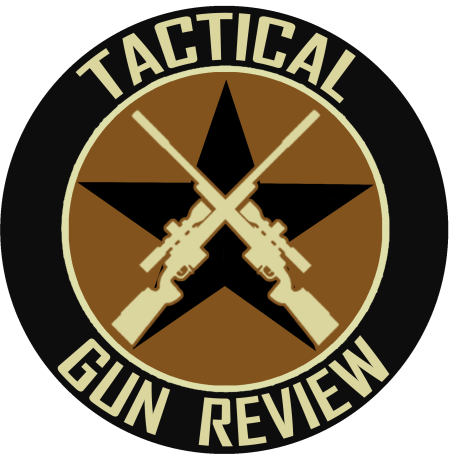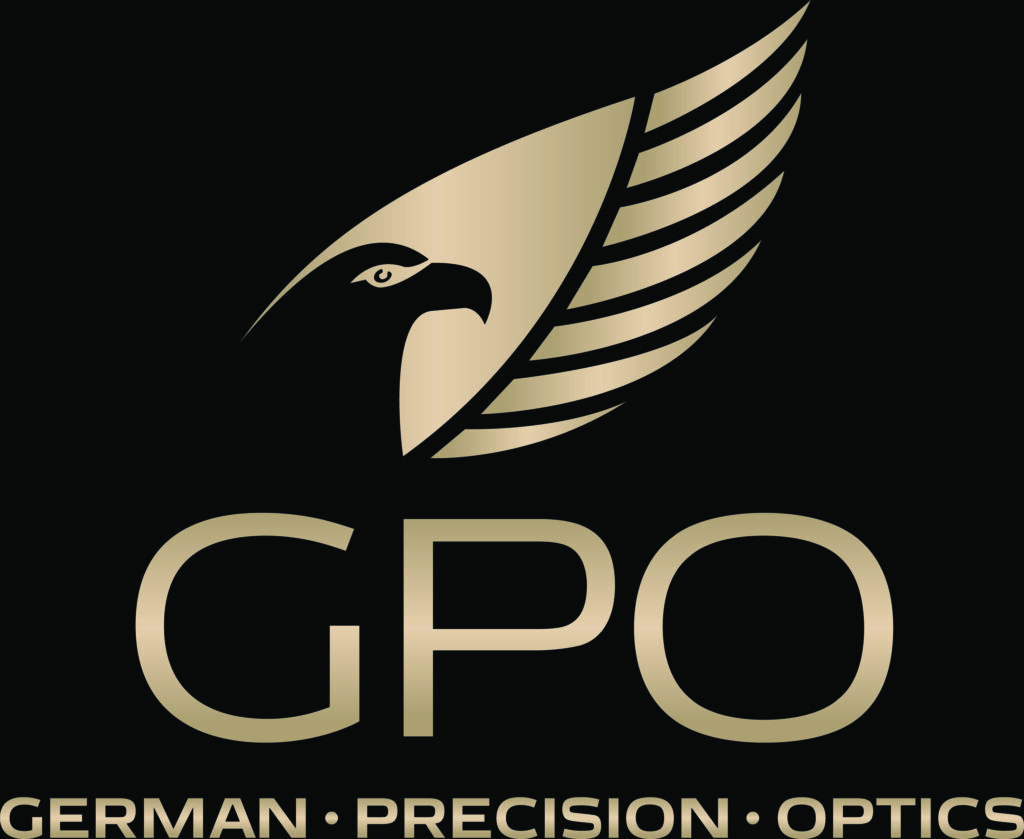It was a beautiful sunny day in April 2001 when I had Lasik surgery. I had worn glasses since the age of three and suffered through all of the accompanying hardships. had a great Optometrist New York City who looked after my eyes, but for someone who loves the outdoors wearing prescription glasses can be a real annoyance – rain, dust, and fog. Driving home that wonderful day I was amazed that I could quite clearly read the license plates of vehicles ahead of us on the road. There was incredible joy at being able to fish and hunt without the frustration of prescription glasses coated in saltwater or fogging up. A true miracle. However, because my depth perception wasn’t great, it made tasks like driving and shooting almost always extremely difficult without my glasses.
And then came presbyopia – the gradual deterioration of the eye’s ability to focus at near distance. For about ten years I had enjoyed near-perfect vision for the first time in my life. Now, almost suddenly, the front sight on a handgun was blurry and shooting became problematic. It basically came down to two choices:
- Non-prescription shooting glasses so that the front sight was clear but the target was blurry.
- Prescription shooting glasses so that the target was clear but the front sight was blurry.
I simply could not have a crisp front sight picture and a clear target. With optics, I found myself taking off my prescription glasses and adjusting the eyepiece to clearly see the reticle and target (not a safe practice). I was feeling in a bind and worried about what to do next, I had an acquaintance tell me afterward about the oakley safety sunglasses at Eye Sports, he told me how they were prescription fitted and used for sports such as mine, if I had known sooner I would have checked them out but I hadn’t, so I was still in a bind about what to do. It was obvious that I needed to do something so I ran through the options I had right then.
First, I considered Monovision where one eye is corrected for distance and the other eye is corrected for reading. That did not appeal to me because of the loss of distance perception and clarity. Many sports require quick distance calculation and the ability to determine precise characteristics (for example, the type of duck or deer antler size).
Standard bifocals and progressive lens might help but foster poor shooting posture. In order to clearly see the front sight I would have to look out the bottom of the lens meaning chin up while leaning back – the opposite of good shooting posture.
Research directed me to SafeVision, an optician based in St. Louis, Missouri. They offer a wide variety of Ansi Z87 certified shooting frames and lenses including their own SafeVision brand.
I was blown away the first time I spoke with one of their shooting sports specialists. I was expecting the standard, “FAX me your prescription and we will have your glasses ready in a week.” Instead, he peppered me with questions:
- How tall are you?
- How much do you weigh?
- What types of shooting do I participate in – IDPA, 3 Gun, Cowboy Action, Sporting Clays?
- Distance from my eye out to the front sight on my most used pistols or carbine?
- Are the shooting glasses just for the range or do I work in Law Enforcement?
Based upon my answers to these questions, the optician recommended several different frames for me to review on their website.
One service that helps set SafeVision apart from the rest is their “Try on at Home” program whereby they will send you several different pairs of frames (without lenses). You can then wear the different frames with your favorite hat and ear muffs to see which are most comfortable in the real world. I narrowed down my final choices to the SafeVision Hydro or Wiley X P-17. The deciding factor was that the P-17 is a bit more comfortable and comes with the integrated strap system.
The real magic behind SafeVision shooting glasses is the reverse bifocal. As you can in the photos, my glasses are a typical lined bifocal with correction for reading. The secret is in the reverse bifocal on my dominant right eye. This is why the optician asked for my measurement to the front sight. He takes your prescription, factors in the type of shooting and front sight distance measurement, and applies the reverse bifocal. When you draw your pistol your front sight is crystal clear!
Now with my SafeVision shooting glasses, when I get into the proper shooting stance my right eye vision is through the inverted bifocal bringing the front sight into clear focus. Meanwhile, my left eye is focused on the target. What a tremendous improvement!
This system does take some getting used to. At first, I was putting on my new glasses when arriving at the range and it took awhile to be comfortable. Truthfully, I was probably trying too hard and purposefully looking through one eye or the other rather than just relaxing and letting my brain take over. I then got into the practice of wearing the glasses on the drive to the range which allows some adjustment time so that I hit the range ready to go.
These are my first pair of bifocals and I am pleasantly surprised at my improved vision when handling and loading firearms. As someone who has always been nearsighted I never had problems with close-in detail work so the bifocals were a revelation.
You can’t hit what you can’t see. My groups are tighter when wearing these shooting glasses.
SafeVision offers a variety of solutions for law enforcement, military, and recreational shooters. They truly understand our special needs and will suggest the best options for your particular requirements in a way that few neighborhood opticians can.
SafeVision, LLC (888) 254-7406 www.SafeVision.net
Mike Coker
Latest posts by Mike Coker (see all)
- WATCHTOWER Firearms acquires F-1 Firearms - February 21, 2024
- Benchmade Mini Barrage and Mini Adamas - October 25, 2023
- trigalight announces new knife illumination system - August 10, 2023











Dot Davis. This is 4 years later and you probably already know the answer, but briefly when you are in a typical shooting stance either with a handgun or rifle, you are most likely looking through the top of the lens. That’s where you distance correction is. That makes your target clear but the frontsight blurry. Raising your head to use the lower portion of the bifocal is odd to do plus depending on the correction it could make your target very blurry. I am going to contact Dr. Vogler and try some of the reverse bifocal lenses. I hope that will help my problem which is exactly as described in the article.
I am interested in looking at a pair of shooting glasses they sound good um I’d like to find out more about them. Been thinking a lot about a designing shooting glasses. I would like to know how your system works and a price range. I wear bi focals and it is getting very hard to shoot properly.
Great article Mike,
its Chris Vogler here, I am the optician that helped you.
I am no longer with the old company. I have joined forces with Complete Safety- You can find me at http://www.completeeyesafety,com.
If a person wears bifocals, then why would he/she need shooting glasses. What is the difference?